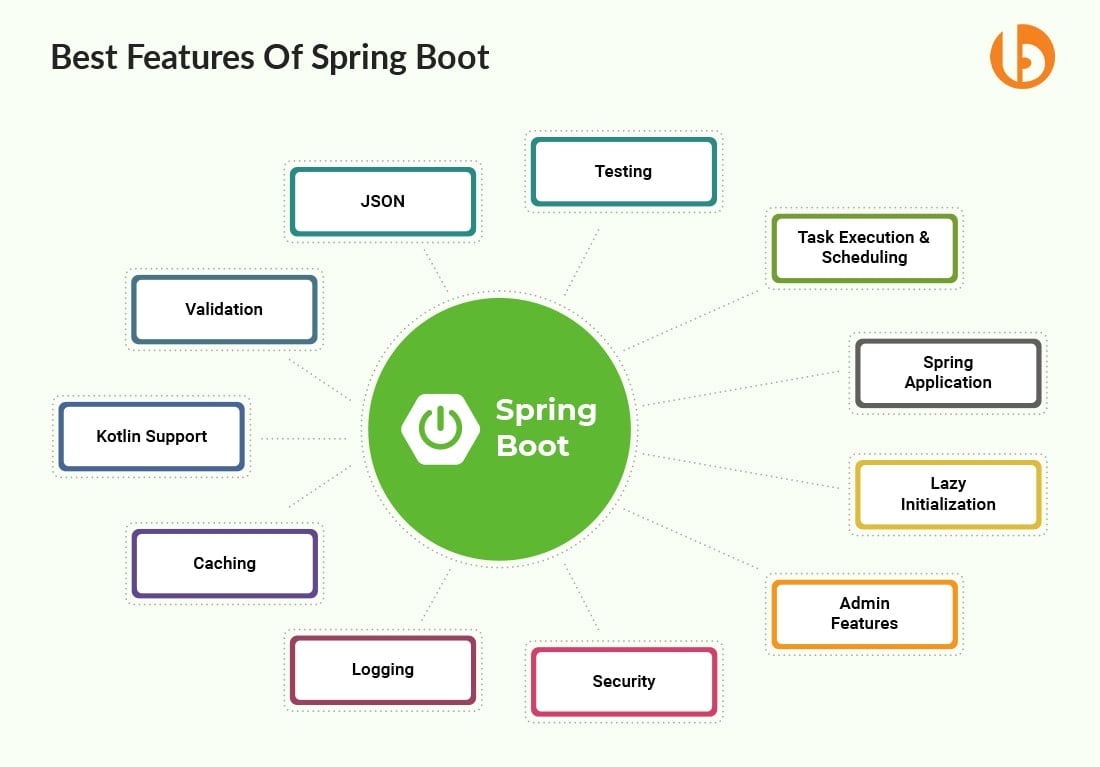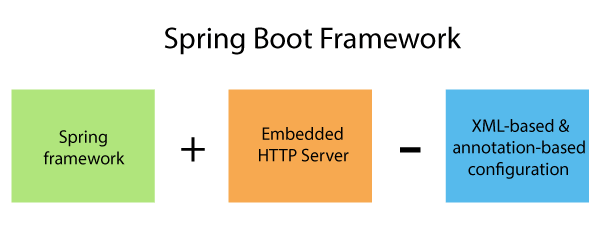Spring Boot aims to make development with the Spring Framework easier by providing opinionated convention over explicit configuration. This essay explores why this approach is beneficial, how Spring Boot achieves it, and how developers can take advantage of its utility while retaining flexibility.
autoconfiguration to the rescue
One key way Spring Boot reduces configuration is through autoconfiguration. Based on the dependencies detected on the classpath via Spring’s @Conditional annotations, autoconfiguration classes inject preconfigured beans. For example, if a SQL database dependency is found, autoconfiguration will inject a DataSource, JdbcTemplate, and other database integrations automatically. This saves developers tedious configuration work for common use cases.

starters simplify dependency management
Spring Boot makes autoconfiguration possible through starter dependencies that bundle related dependencies needed to activate autoconfigured features. Starters like spring-boot-starter-web contain everything needed for web applications out of the box, avoiding version conflicts. While starters are not required, they provide a curated and tested dependency set that works flawlessly together.
convention over verbosity
Spring Boot also relies on convention over configuration, locating files, properties, and other resources automatically in predictable locations. For example, a application.properties file in the classpath root will be loaded to externalize configuration. This removes the need for verbose XML configuration or @PropertySource annotations in many cases.
flexibility retained when needed
While embracing convention, Spring Boot does not restrict use of the full Spring ecosystem. If a non-standard configuration or alternative technique is needed, developers have full access to Spring’s API and capabilities. The starters and autoconfiguration provide an optimal baseline, not a straitjacket. Outside APIs can still be loaded and integrated as required for specific needs.
productive development boost
By dramatically reducing configuration boilerplate through starters and autoconfiguration, Spring Boot allows developers to focus on application logic rather than infrastructure concerns. This accelerates development cycles. Developers can get basic functionality like a REST API up and running with just a few lines of code rather than heavy configuration work. This boost in productivity has driven the popularity and adoption of Spring Boot.
reliable production applications
As Spring Boot’s conventions have been widely adopted, its autoconfigured integrations have been thoroughly tested in production environments. Issues are thus less likely to occur than from roll-your-own configurations. And when they do, a large community of users ensure problems are identified and resolved quickly due to the framework’s standardization. This reliability enhances the quality of Spring Boot-built applications.
seamless framework integration
Spring Boot was designed to simplify Spring adoption, not replace it. It sits alongside the core Spring Framework as a complementary tool that leverages Spring’s existing features. As such, Spring Boot applications benefit from Spring’s robust and proven architecture. Advanced Spring capabilities like AOP, transactions, validation and the entire Spring ecosystem remain fully accessible to Spring Boot developers.
In summary, by embracing opinionated convention over exhaustive configuration, Spring Boot has made Spring development dramatically more approachable and productive. Its autoconfiguration, starters, and reliance on standard locations and conventions unlock powerful benefits for developers while retaining full framework flexibility when desired. The result is applications that are faster to build, more robust, and simpler to maintain at scale.

 My Experience with GeeksForGeeks DSA Course
My Experience with GeeksForGeeks DSA Course